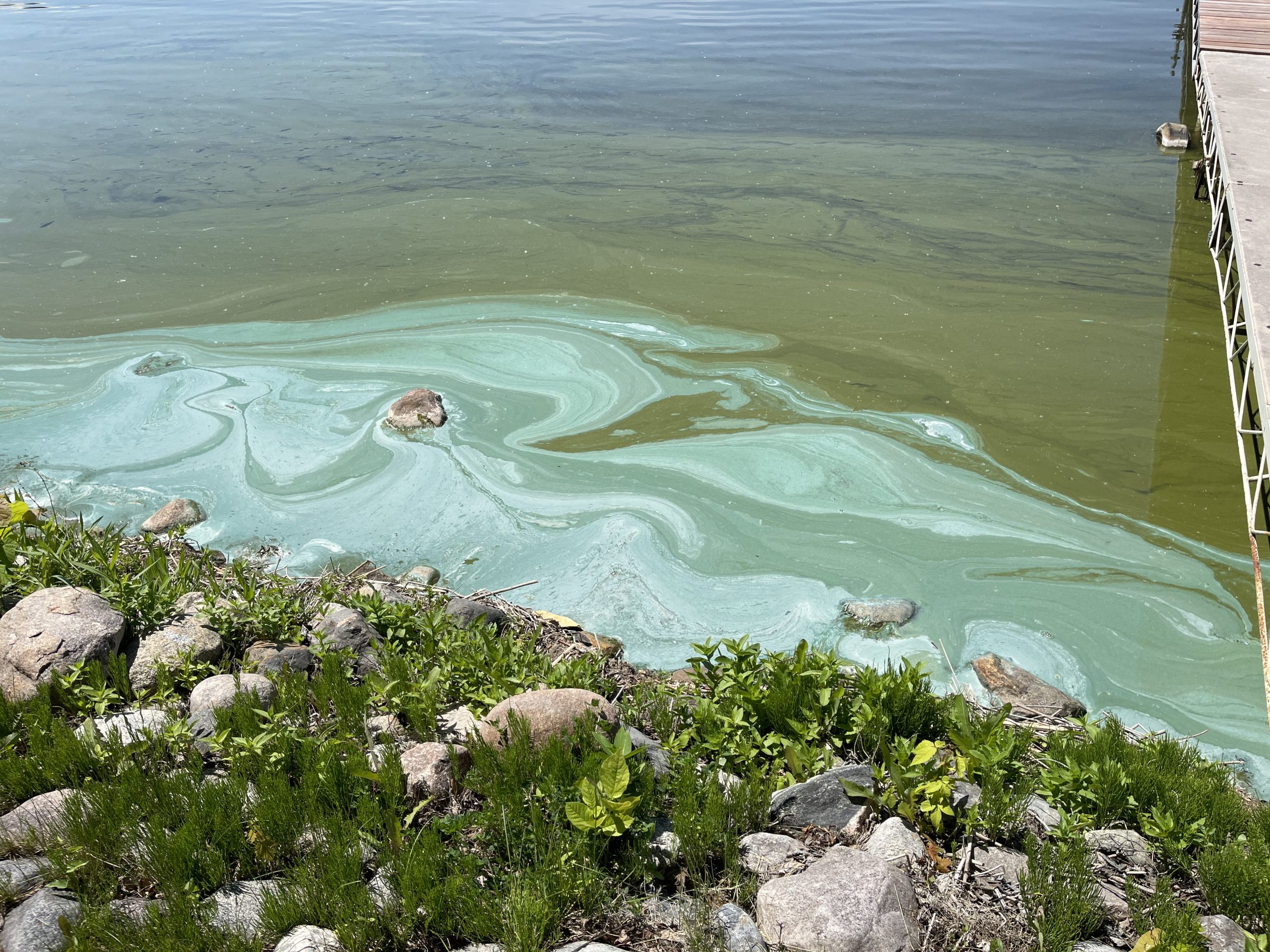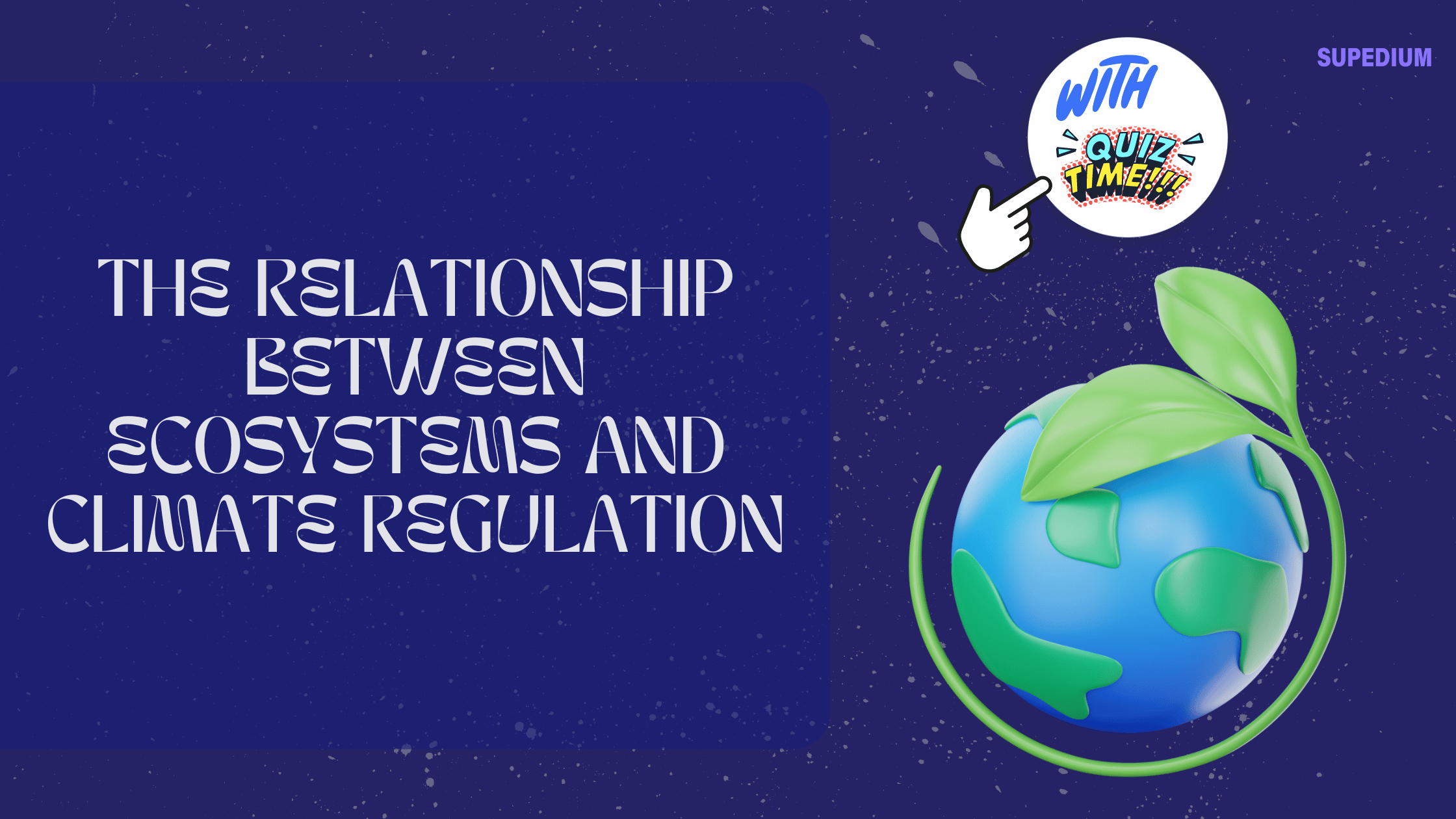Table of Contents
![]()
Introduction
Water is essential for all life on Earth, making it imperative to ensure its quality and safety. Poor water quality can have detrimental effects on ecosystems and human health. To assess water quality accurately, scientists turn to nature’s water quality sentinels—algae. In this article, we explore how algae serve as bioindicators of water quality, shedding light on the health of our aquatic environments.
Algae as Bioindicators
Definition and Characteristics of Bioindicators Bioindicators are organisms that reflect the overall health of an ecosystem by responding to changes in environmental conditions. They provide valuable insights into the quality of their habitat.
Why Algae are Suitable Bioindicators Algae, a diverse group of photosynthetic microorganisms, are well-suited as bioindicators due to their rapid response to environmental changes and their sensitivity to various water quality parameters.
Types of Algae Commonly Used as Bioindicators Different types of algae are utilized to monitor specific water quality parameters. Diatoms, green algae, and cyanobacteria are among the most frequently employed species.
Algae Species and Water Quality
Indicator Species for Different Water Quality Parameters
- Nutrient Levels (Eutrophication): Certain algae species flourish in nutrient-rich environments, indicating excessive nutrient levels, often resulting from agricultural runoff or sewage discharge.
- pH Levels: Algae’s growth and species composition can be influenced by pH levels, helping identify acidic or alkaline conditions.
- Pollution (Organic and Chemical): Algae can show signs of stress when exposed to pollutants like heavy metals or organic contaminants, making them effective indicators of pollution.
Algal Growth Patterns in Response to Water Quality Changes:
- Diatoms: These silica-shelled algae are known for their sensitivity to nutrient changes and are often used to assess eutrophication.
- Green Algae: Their abundance can indicate improved water quality conditions due to reduced nutrient loads.
- Blue-Green Algae (Cyanobacteria): Their proliferation suggests nutrient overloading and potential health hazards due to toxin production.
Methods of Algal Assessment
Sampling Techniques Scientists collect algae samples from various water bodies, including lakes, rivers, and ponds, to assess water quality. Sampling methods range from simple to advanced, depending on the research objectives.
Laboratory Analysis In the lab, researchers identify and count algal species and measure their biomass. Advanced techniques, like DNA sequencing, provide precise taxonomic information.
Field Assessment Methods Field kits and portable microscopes enable on-site assessment, allowing for immediate water quality evaluations.
Remote Sensing and Technology Cutting-edge technology, such as satellite imagery and drones equipped with multispectral sensors, aids in large-scale algae monitoring and data collection.
Advantages and Limitations
Advantages of Using Algae as Bioindicators
- High sensitivity to environmental changes
- Cost-effective monitoring
- Rapid response to water quality alterations
Limitations and Challenges in Algae-Based Assessment
- Species-specific responses may vary.
- Data interpretation can be complex.
- External factors can influence algae growth patterns.
Case Studies
Explore real-world examples of algae as bioindicators, showcasing their effectiveness in assessing water quality. Discover success stories and lessons learned from these applications.
Future Trends
Emerging Technologies for Algae-Based Water Quality Monitoring Stay updated on the latest advancements in algae-based monitoring, including the integration of AI and machine learning for more accurate assessments.
Integration of Algae Assessment into Environmental Policies Learn how algae bioindicators can play a pivotal role in shaping environmental policies and regulations aimed at safeguarding water quality.
Conclusion
In conclusion, algae are invaluable allies in our mission to monitor and preserve water quality. Their sensitivity, adaptability, and wide distribution in aquatic ecosystems make them reliable indicators of environmental health. By continuing to research and harness the potential of algae bioindicators, we can work towards healthier water ecosystems and a sustainable future for all.
Share This





Be the first to comment